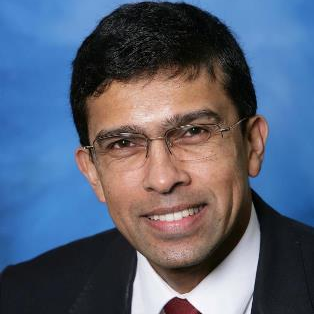Sustainability of Post-disaster Recovery
A special issue of Sustainability (ISSN 2071-1050). This special issue belongs to the section "Hazards and Sustainability".
Deadline for manuscript submissions: 1 May 2024 | Viewed by 3742
Special Issue Editors
Interests: disaster-induced relocations and resettlements; use of ICT for improved disaster resilience; disaster-resilient urban infrastructure
Interests: disaster response and rescue; risk assessments; policy modelling; multi-agency collaboration; mass-scale community engagement; early warning systems
Special Issue Information
Dear Colleagues,
Disasters, whether natural or man-made, can have a devastating impact on human lives and the environment. The frequency and severity of disasters have been increasing in recent years, highlighting the need to strengthen the resilience of communities and enhance the sustainability of post-disaster recovery efforts. The field of disaster management has undergone a significant transformation over the past few decades, with a growing focus on disaster risk reduction and sustainable development. Despite these efforts, post-disaster recovery remains a complex and challenging process that requires a comprehensive and multidisciplinary approach.
Some current knowledge gaps in post-disaster recovery that need further research include the following:
- Long-term sustainability: Most post-disaster recovery efforts focus on the immediate response and short-term recovery of affected communities. There is a need for more research to understand the long-term sustainability of these efforts and the factors that influence their success.
- Integration of sustainable development principles: Despite increasing recognition of the importance of sustainable development in post-disaster recovery, there is still a gap in understanding how to effectively integrate sustainable development principles into recovery efforts.
- Community participation and engagement: While there is a growing emphasis on the importance of community participation and engagement in post-disaster recovery efforts, there is still a need for more research on how to equitably involve communities in the recovery process.
- Social and cultural dimensions: Post-disaster recovery efforts are often focused on physical infrastructure and economic recovery, but there is a need for more research on the social and cultural dimensions of recovery. This includes understanding the impact of disasters on social structures and cultural practices, and how to integrate these dimensions into recovery efforts effectively.
- Climate change and disaster risk reduction: With the increasing frequency and severity of disasters, there is a need to understand the linkages between climate change and disaster risk reduction, and how to integrate these considerations into post-disaster recovery efforts.
This Special Issue aims to advance the knowledge and understanding of the sustainability of post-disaster recovery efforts. The scope of this Special Issue is two-fold: one is to explore the opportunities and challenges associated with post-disaster recovery, with a particular focus on sustainability, community resilience, and environmental management; and the other one is to provide insights into innovative solutions that can enhance the sustainability of post-disaster recovery efforts.
In this Special Issue, original research articles and reviews are welcome. Research areas may include (but are not limited to) the following:
- post-disaster reconstruction;
- innovative approaches to post-disaster recovery;
- inclusive and risk-sensitive development;
- disaster risk reduction strategies;
- community resilience;
- environmental management;
- policy and governance;
- social and economic impacts of disasters.
We welcome contributions from local, regional, or global perspectives that address these themes and contribute to the advancement of knowledge in this important field.
We look forward to receiving your contributions.
Dr. Kaushal Keraminiyage
Prof. Dr. Terrence Fernando
Dr. Devindi Geekiyanage
Guest Editors
Manuscript Submission Information
Manuscripts should be submitted online at www.mdpi.com by registering and logging in to this website. Once you are registered, click here to go to the submission form. Manuscripts can be submitted until the deadline. All submissions that pass pre-check are peer-reviewed. Accepted papers will be published continuously in the journal (as soon as accepted) and will be listed together on the special issue website. Research articles, review articles as well as short communications are invited. For planned papers, a title and short abstract (about 100 words) can be sent to the Editorial Office for announcement on this website.
Submitted manuscripts should not have been published previously, nor be under consideration for publication elsewhere (except conference proceedings papers). All manuscripts are thoroughly refereed through a single-blind peer-review process. A guide for authors and other relevant information for submission of manuscripts is available on the Instructions for Authors page. Sustainability is an international peer-reviewed open access semimonthly journal published by MDPI.
Please visit the Instructions for Authors page before submitting a manuscript. The Article Processing Charge (APC) for publication in this open access journal is 2400 CHF (Swiss Francs). Submitted papers should be well formatted and use good English. Authors may use MDPI's English editing service prior to publication or during author revisions.
Keywords
- post-disaster recovery
- post-disaster reconstruction
- post-disaster resettlements
- rehabilitation
- disaster resilience
- climate change adaptation
- community resilience
- risk-responsive development
- inclusive development
- build back better







